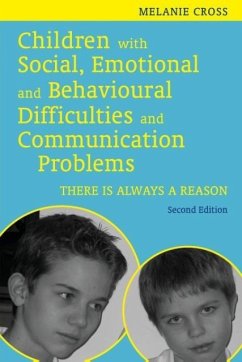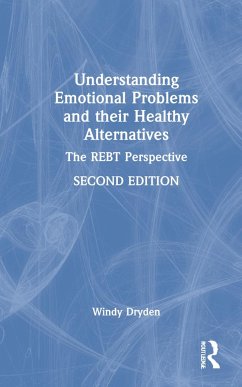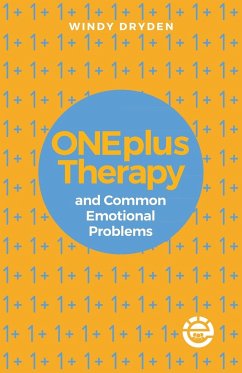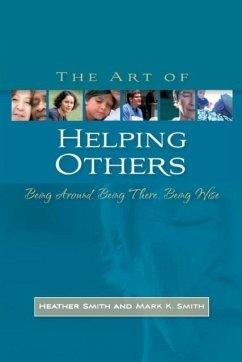
Children with Social, Emotional and Behavioural Difficulties and Communication Problems
There Is Always a Reason

PAYBACK Punkte
18 °P sammeln!
Children and young people with social, emotional and behavioural difficulties (SEBD) are far more likely to have communication problems than their peers, yet these problems are under-recognised, under-researched, and most importantly, often unaddressed. Melanie Cross considers the reasons why behavioural and communication difficulties so often occur together, and examines the social, educational and mental health implications of this. She shows that improving the communication skills of children and young people with SEBD can contribute to better outcomes, and that speech and language therapy ...
Children and young people with social, emotional and behavioural difficulties (SEBD) are far more likely to have communication problems than their peers, yet these problems are under-recognised, under-researched, and most importantly, often unaddressed. Melanie Cross considers the reasons why behavioural and communication difficulties so often occur together, and examines the social, educational and mental health implications of this. She shows that improving the communication skills of children and young people with SEBD can contribute to better outcomes, and that speech and language therapy is an important, yet often absent, service for this group. She provides practical guidelines for assessing communication, as well as useful strategies to help children and young people with SEBD to develop their communication skills. This second edition also contains information on unidentified and unmet communication needs in vulnerable young people, including young offenders and those at risk of social exclusion. This book will be an invaluable resource for speech and language therapists, social workers, teachers and other professionals working with children with emotional, behavioural and communication difficulties.













